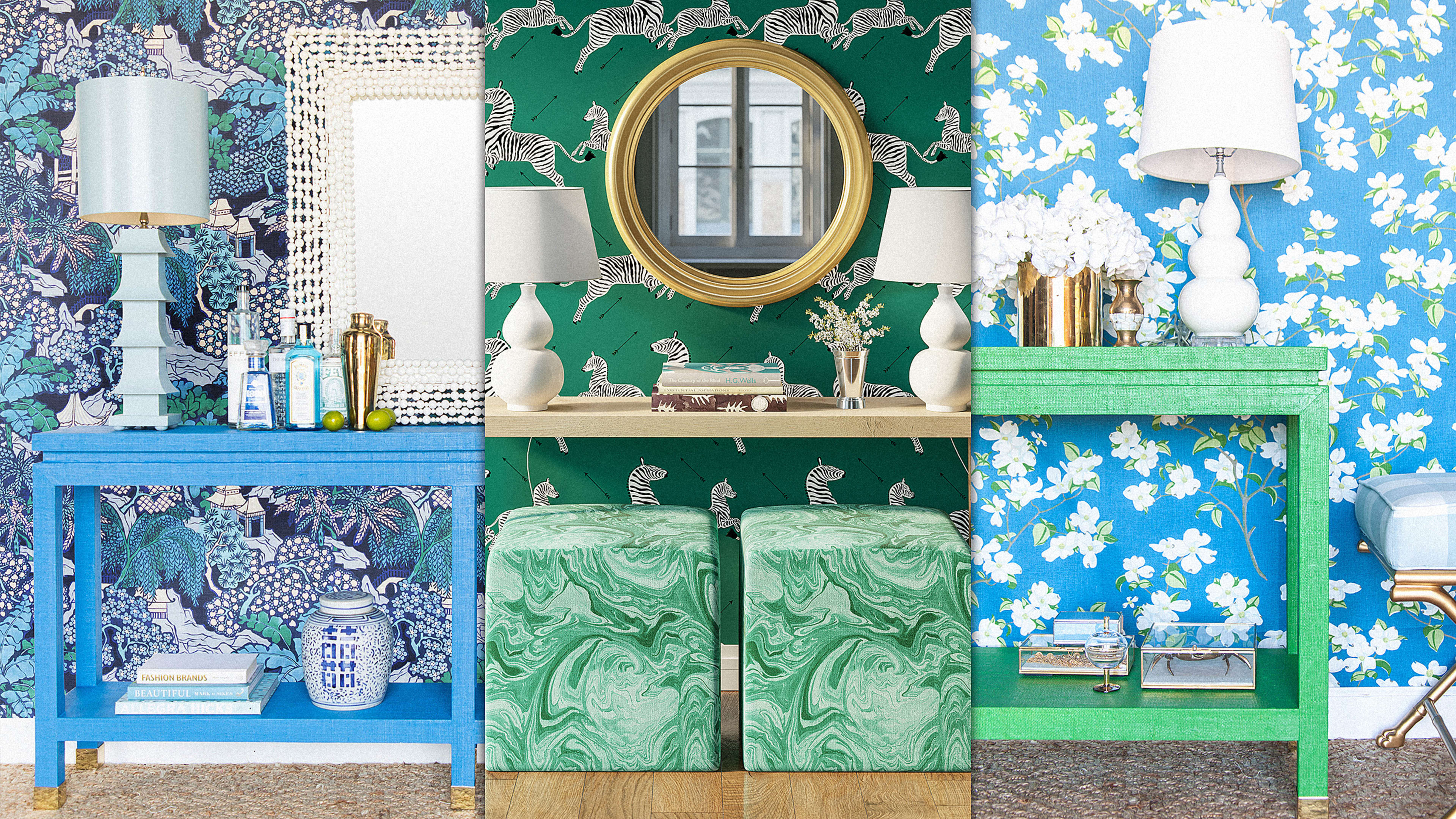Sure, Scandinavian minimalism creates a lovely ambiance in your home: It’s an aesthetic that is clean, soothing, and relatively easy to master. But here’s the thing: It can get a little boring. Heck, even Ikea, which is known for its slick, clean aesthetic, ditched minimalism two years ago for a maximal makeover, featuring metallic finishes, audacious prints, and lots of exotic birds. It was part of a broader trend in interior design that celebrated wild patterns and saturated colors, often layered on top of the other, creating a visual feast.
The truth is that maximalism has always been in vogue (see every issue of Architectural Digest), but it’s a difficult look for the average person to master. Figuring out how to pick and mix patterns is complicated, and here’s where professional interior designers shine. Consider the late decorator Mario Buatta—dubbed the “The Prince of Chintz”—who created the interiors for two presidents, Mariah Carey, as well as the Forbes, Doubleday, and Newhouse families throughout the ’80s and ’90s. He was famous for his loud, bold aesthetic. Think wallpaper and throw pillows in clashing prints and more paintings on a wall than your eye could take in. His own homes were a maximalist marvel full of porcelain dog figures, needlepoint pillows, and ornate urns. Just this week, all of his belongings were put up for auction by Sotheby’s, attracting more than 1,200 people and generating $7.8 million.
But what of the everyday decorator?
I have good news for you. You don’t have to be a Newhouse, or hire a professional designer, to create a colorful, patterned home. A whole fleet of startups has popped up over the past few years to help you fill your home with prints that you love. These brands don’t just sell products, they also offer guidance about how to layer colors and designs tastefully. So if you’ve been wanting to move beyond your slick, monochrome interior design and are looking for a bolder, more dramatic look, there’s never been a better time to do so.
Pepper Home
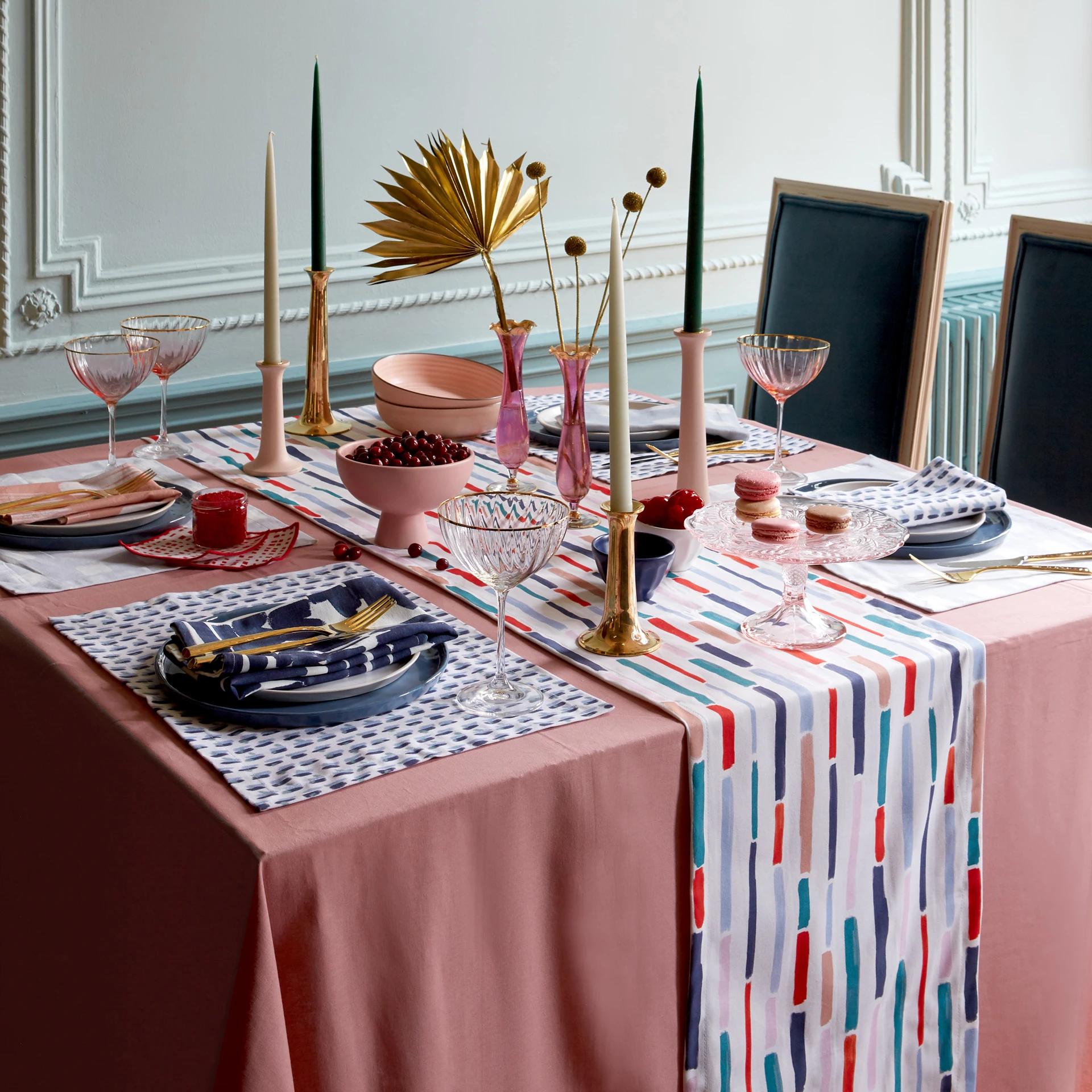
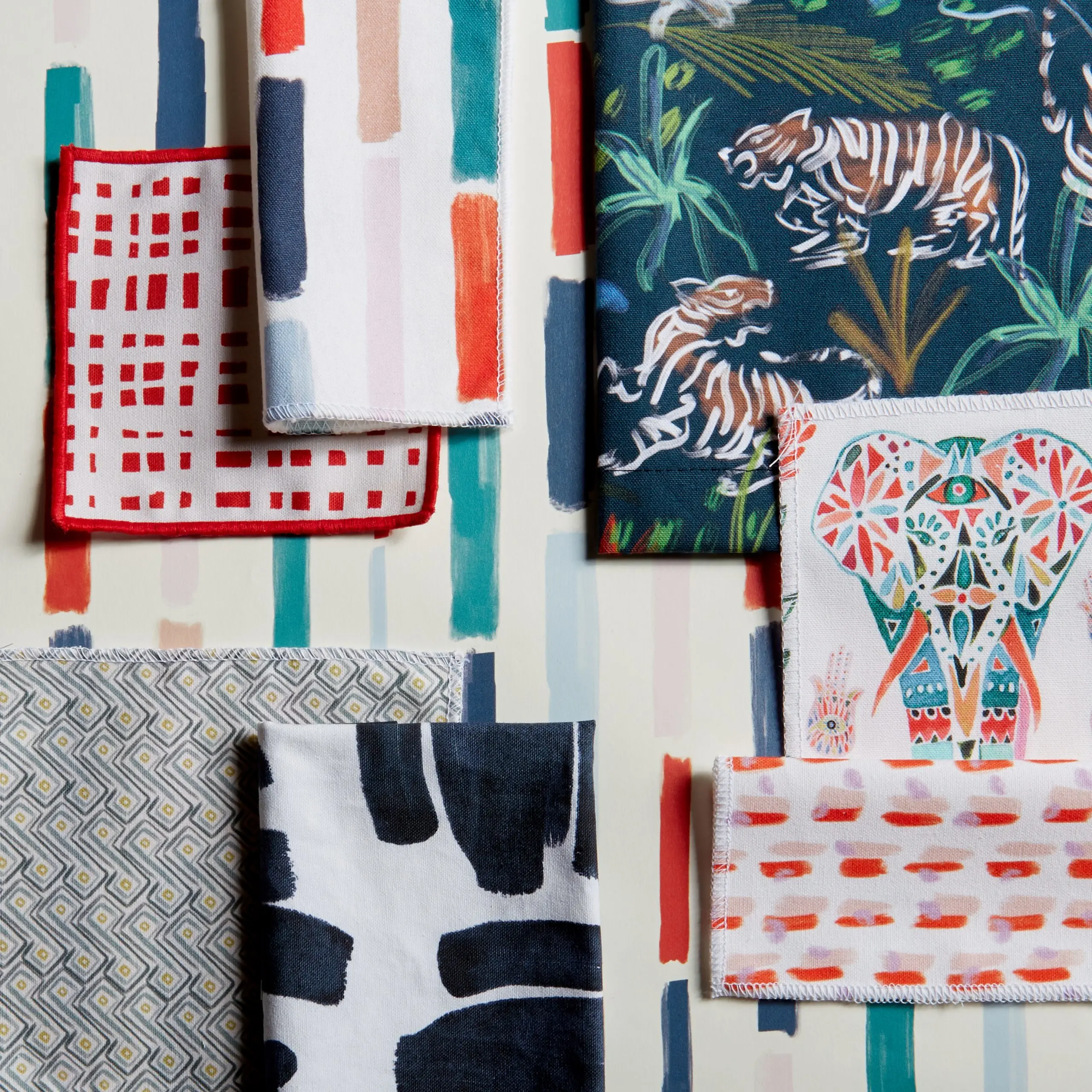
While Banta understands the appeal of minimalism, she feels that it is the unique, distinctive pieces you bring into your home that allow you to express your personal taste and point of view, which are ultimately what make a house feel like home. But as she studied the market she found that home brands targeting the average consumer (rather than interior designers) create patterned products out of low-quality materials. “There’s this belief that prints are the home equivalent of fast fashion,” says Banta. “Brands seem to assume that customers will buy them because they’re trendy, then throw them out when the new products come in.”
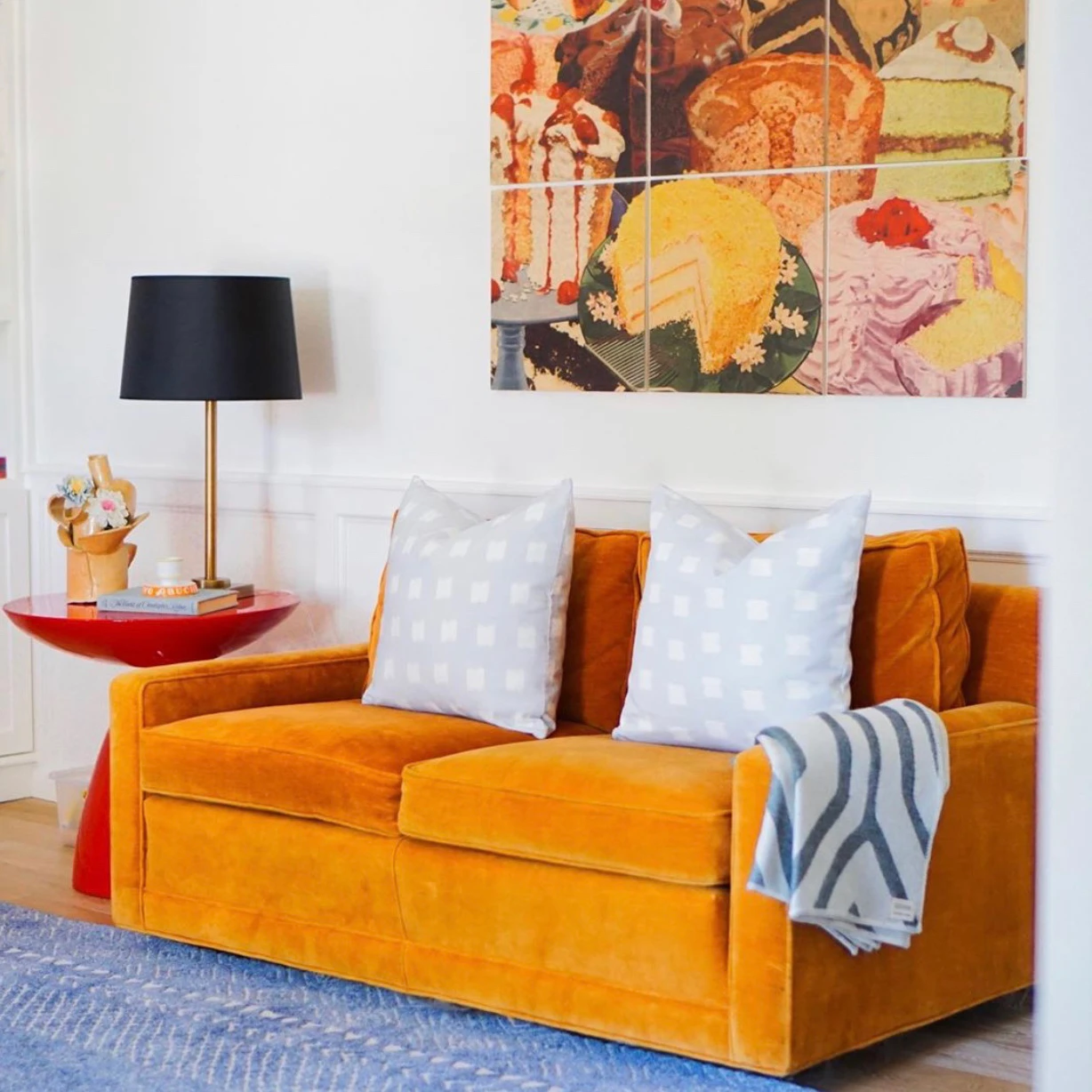
With Pepper, Banta and Brown have focused on making high-quality home goods in unique designs. They work with designers to create these patterns, which are exclusively available through the brand, and roll out two new designs every month. You can also buy the fabric on its own at $72 a yard. Other brands of similar quality often charge upwards of $100 a yard. They manufacture most of their products to order in the United States. The brand’s most recent product launch is wallpaper which costs $22 to $32 a yard.
The brand also helps guide customers through the process of mixing and matching patterns. For instance, the brand sells “bundles” of products with patterns that go together. In the dining bundles, for instance, the founders curate table linens in loud, contrasting prints. A blue placemat with a jungle print, for instance, is paired with a red checked napkin. It’s an unexpected combination but it works, and it’s sure to delight dinner guests.
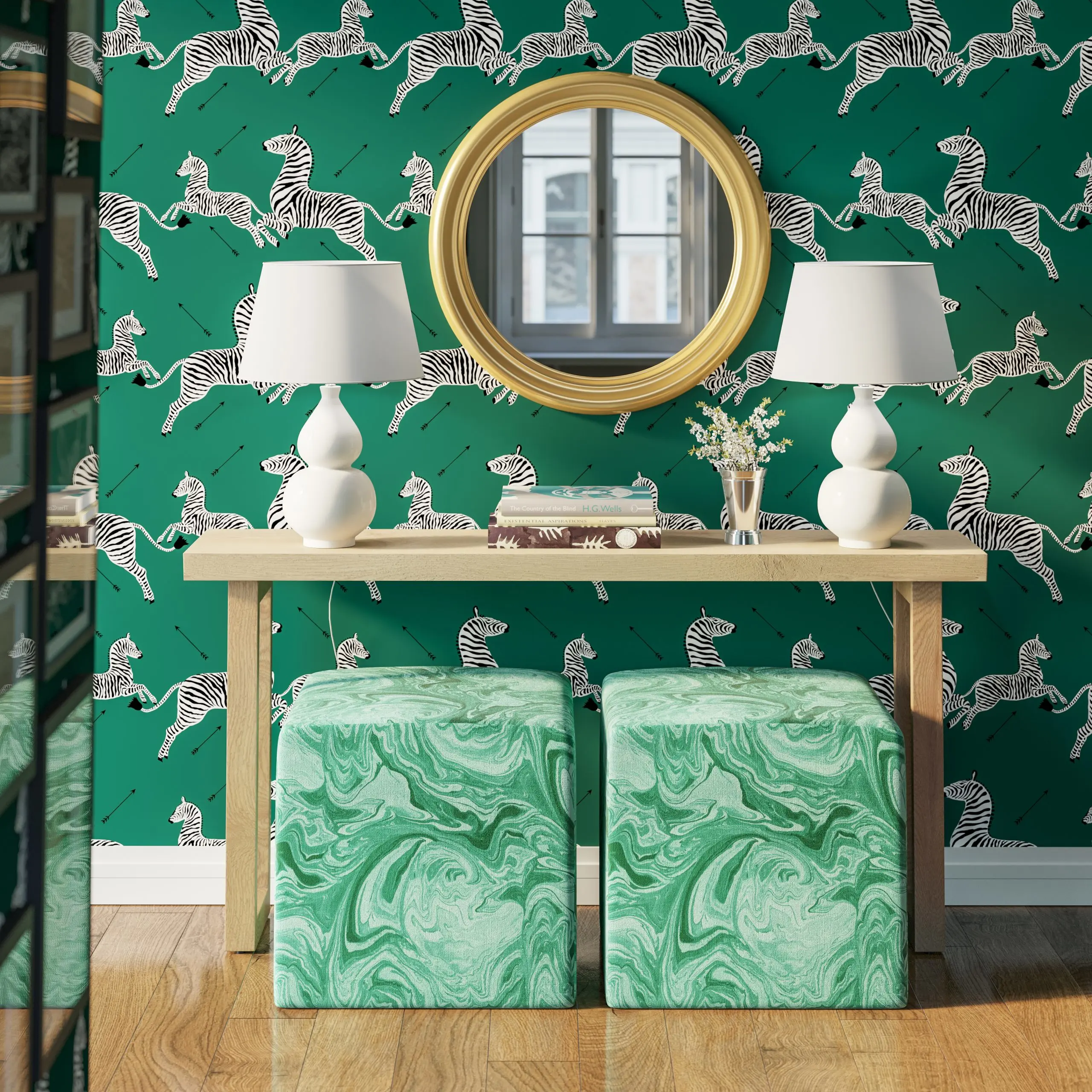
The Inside
If you’re interested in moving beyond accent walls or throw pillows and want to invest in loud, colorful furniture, look no further than The Inside, the home brand founded by Christiane Lemieux, who previously founded the home brand DwellStudio. The Inside has the ability to print upholstery fabric to order in hundreds of patterns, from leopard print to floral to tartans to cabana stripes. The brand also partners with well-known fabric designers, including Scalamandre, famous for the bold animal prints that are featured in Wes Anderson’s The Royal Tenenbaums. Customers can then pick furniture for any room of their house, from bed headboards to sofas to garden chairs, and upholster it in any of these designs. The Inside will make each item to order in a U.S.-based factory, and the final piece will be delivered to the customer in a matter of weeks.
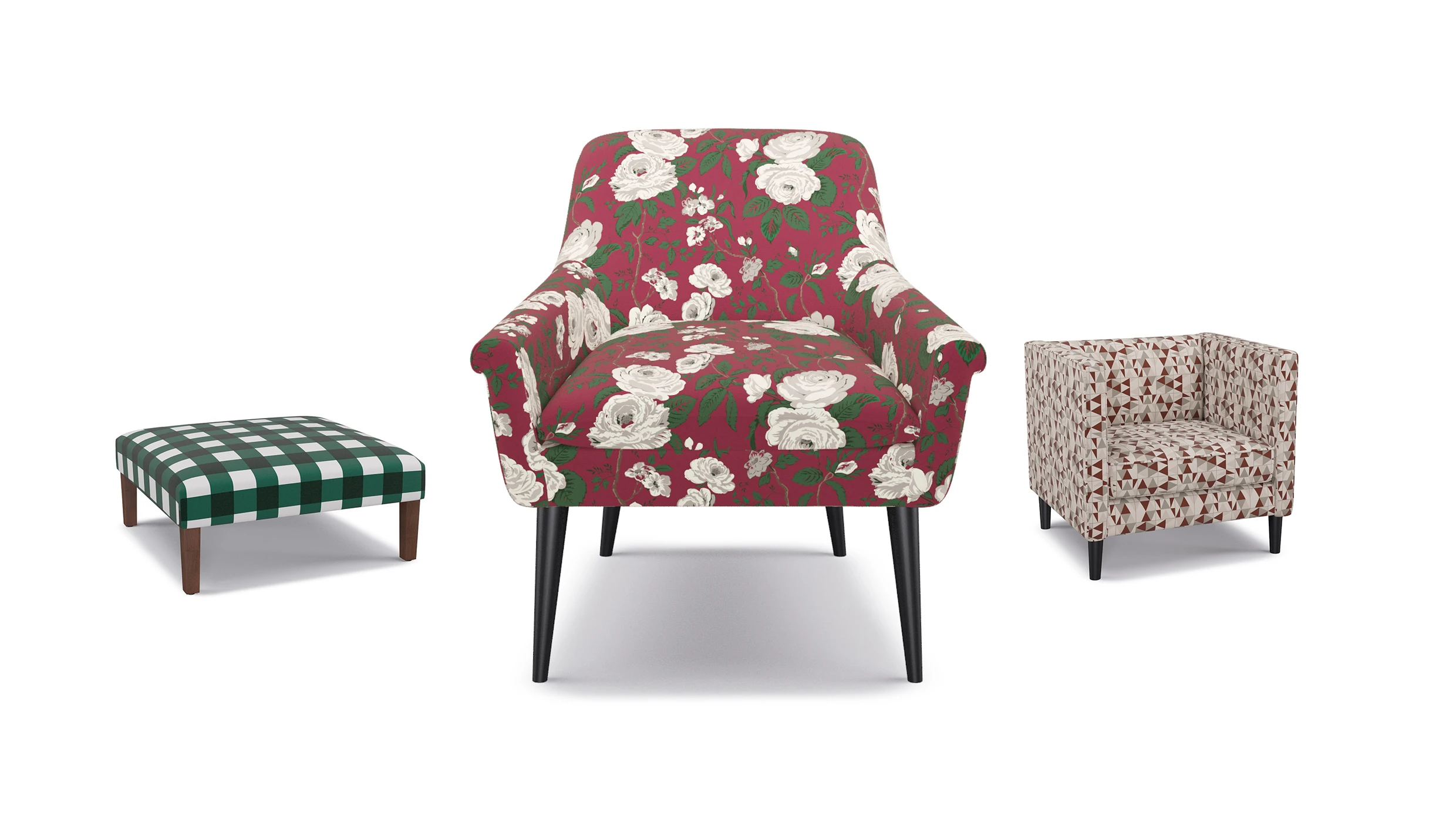
This kind of customization was once extremely expensive. But The Inside is a direct-to-consumer online business with no physical stores or inventory, so it can afford to sell customized furniture at affordable prices. A custom sofa costs $1,599 while a custom headboard is $499, which is about on par with West Elm.
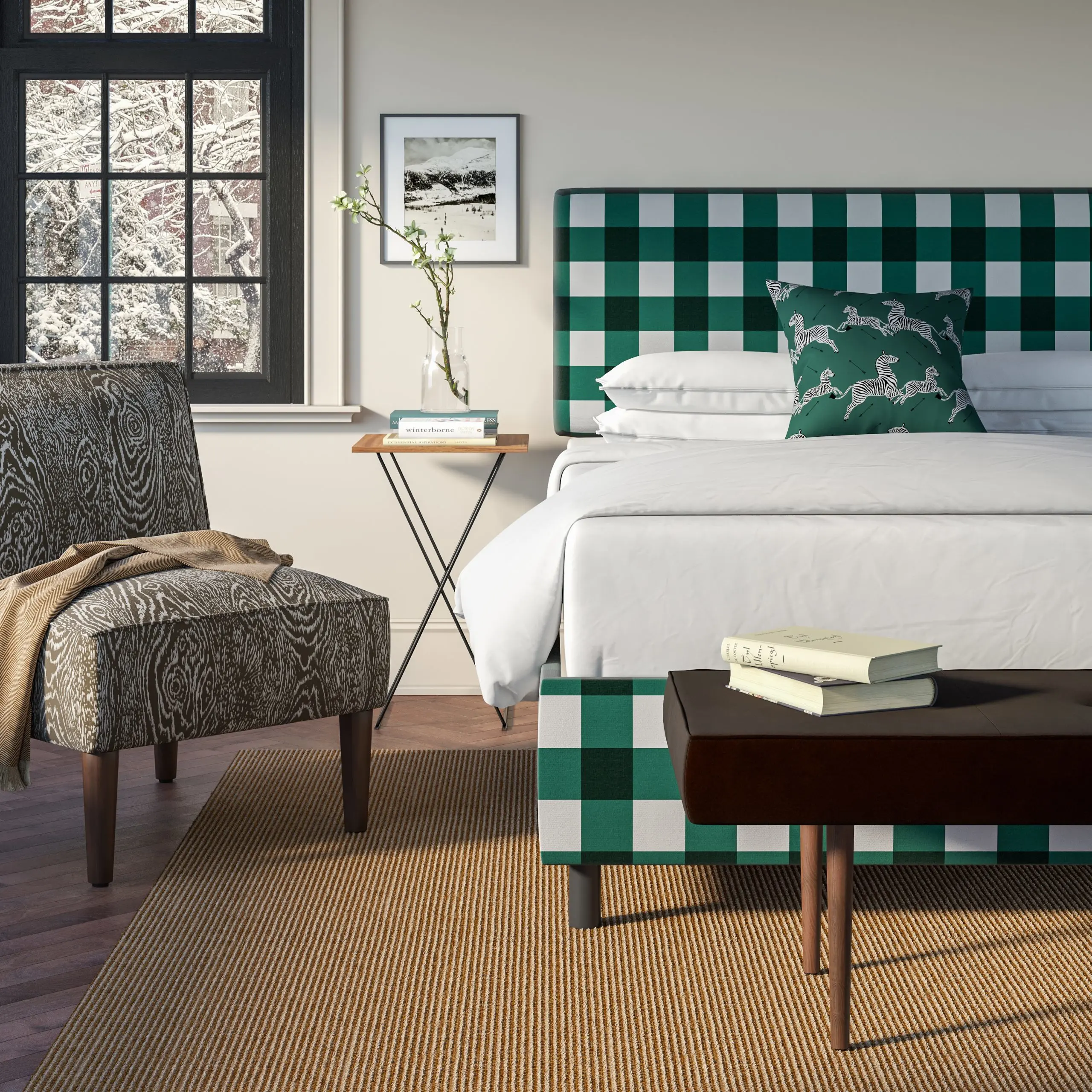
The Inside makes it possible for everyday consumers to custom-design their home from scratch, rather than build a look around whatever patterns happen to be in furniture stores that season. But this can also be a little daunting. So The Inside features images across its social media channels to help customers style rooms. In some cases, they partner with decorators who create fun, maximalist looks. The brand has also developed technology that allows them to create realistic images of rooms using digital software. In some Instagram videos, for instance, a designer has created an image of a bedroom, and the headboard cycles through different patterns to give the customer a chance to see what different patterns might look like.
Ruggable
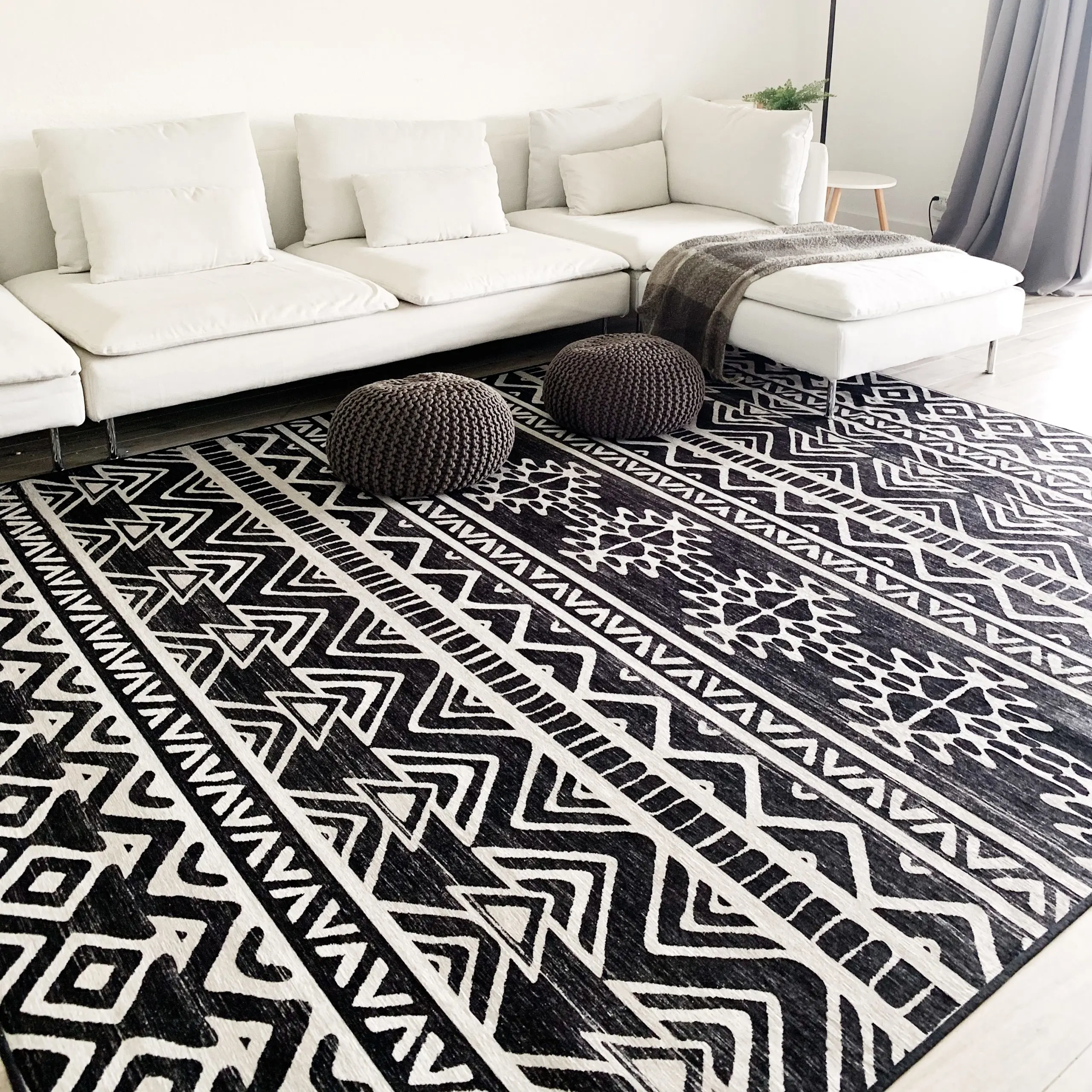
Sometimes all it takes to spice up a room is a really loud rug. A rug startup called Ruggable has created an innovative two-part system that includes a rug pad along with a rug. The rug itself is actually a relatively thin and light material, which is machine washable. Many customers have flocked to this brand because the rugs are durable and easy to clean, making them perfect for kid’s rooms, houses with pets, or the kitchen and dining room. But another valuable thing about the system is that it is possible to buy different rugs for the same rug pad and swap them out easily. As a result many customers feel more comfortable turning to the brand for bold, colorful patterns, which they can then swap out seasonally or when they’re ready for a change.
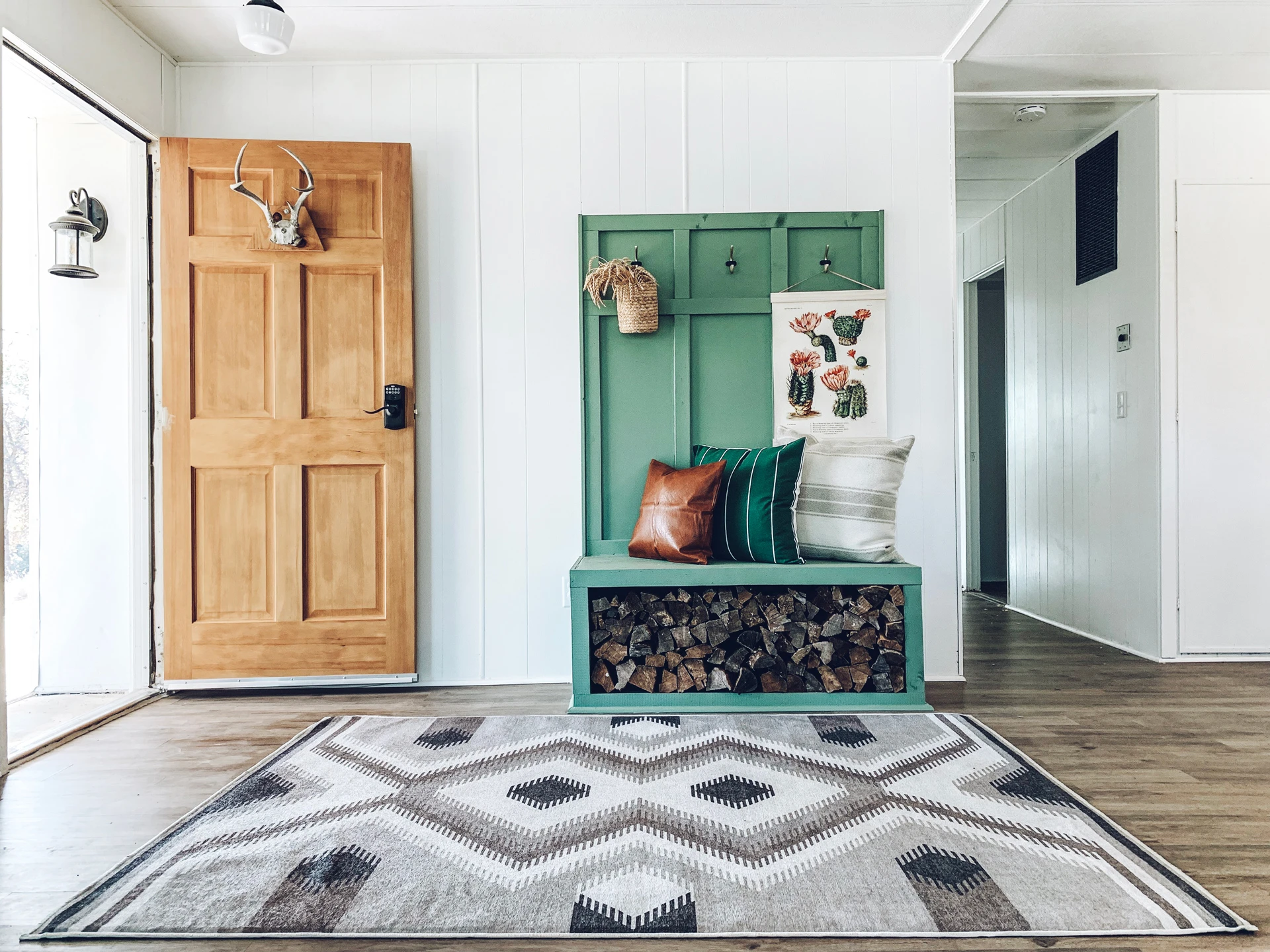
While Ruggable does offer some muted colors and designs, it has a large array of maximalist patterns. It has a lot of bohemian designs, like Batik Kilims that come in bright colors or traditional Indian and Native American looks. If you’re interested in a more modern aesthetic, there are also many geometric patterns. And if you want to take a page from Mario Buatta’s Chintzy look, there are many traditional Persian and floral patterns that you could layer together in an aesthetic that would make him proud.
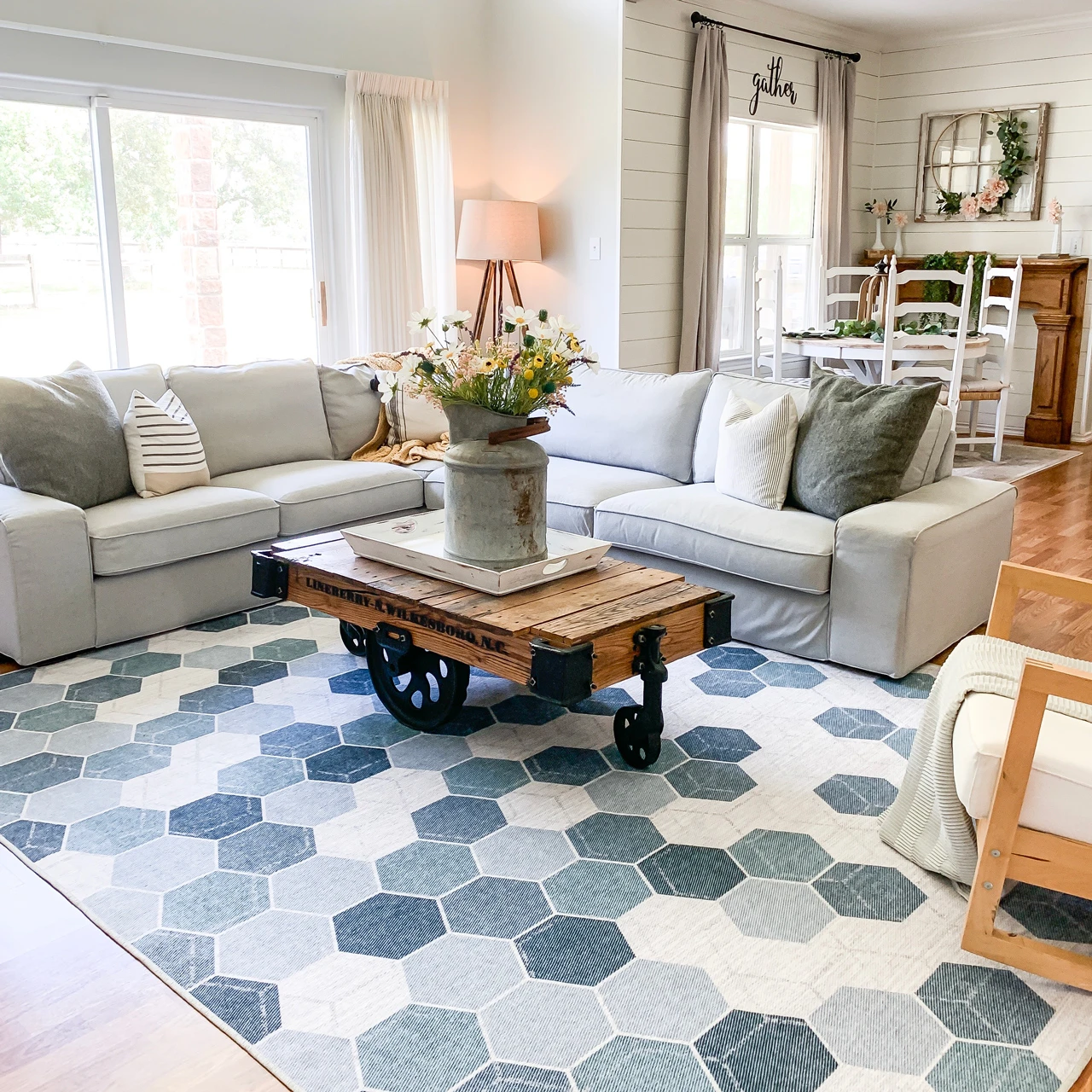
Since Ruggable also makes its products to order, you can pick whatever design you like, for whatever size works best for your room. For the initial rug, you need to buy the rug pad, which costs $199 for a 5 x 7 rug, but you can buy subsequent rugs without the pad, at a cost of $120. (Prices go up or down depending on size.) The brand’s newsletters offer plenty of advice about picking patterns, and for many customers, the ability to easily swap out rugs is exactly the inducement they need to take the risk and go bold.
Society Social

If you’re looking to create a modern, maximalist look for your home by introducing some distinctive accent pieces, you might turn to Society Social. The brand was founded by Roxy Te Owens, whose family owned a furniture factory in Hickory, North Carolina. Her family specialized in creating traditional Southern furniture—metal bar carts, rattan credenzas, and lamps with bamboo bases. Owens wanted to update these silhouettes with brighter colors and fun patterns, so in 2011, she launched her own brand.
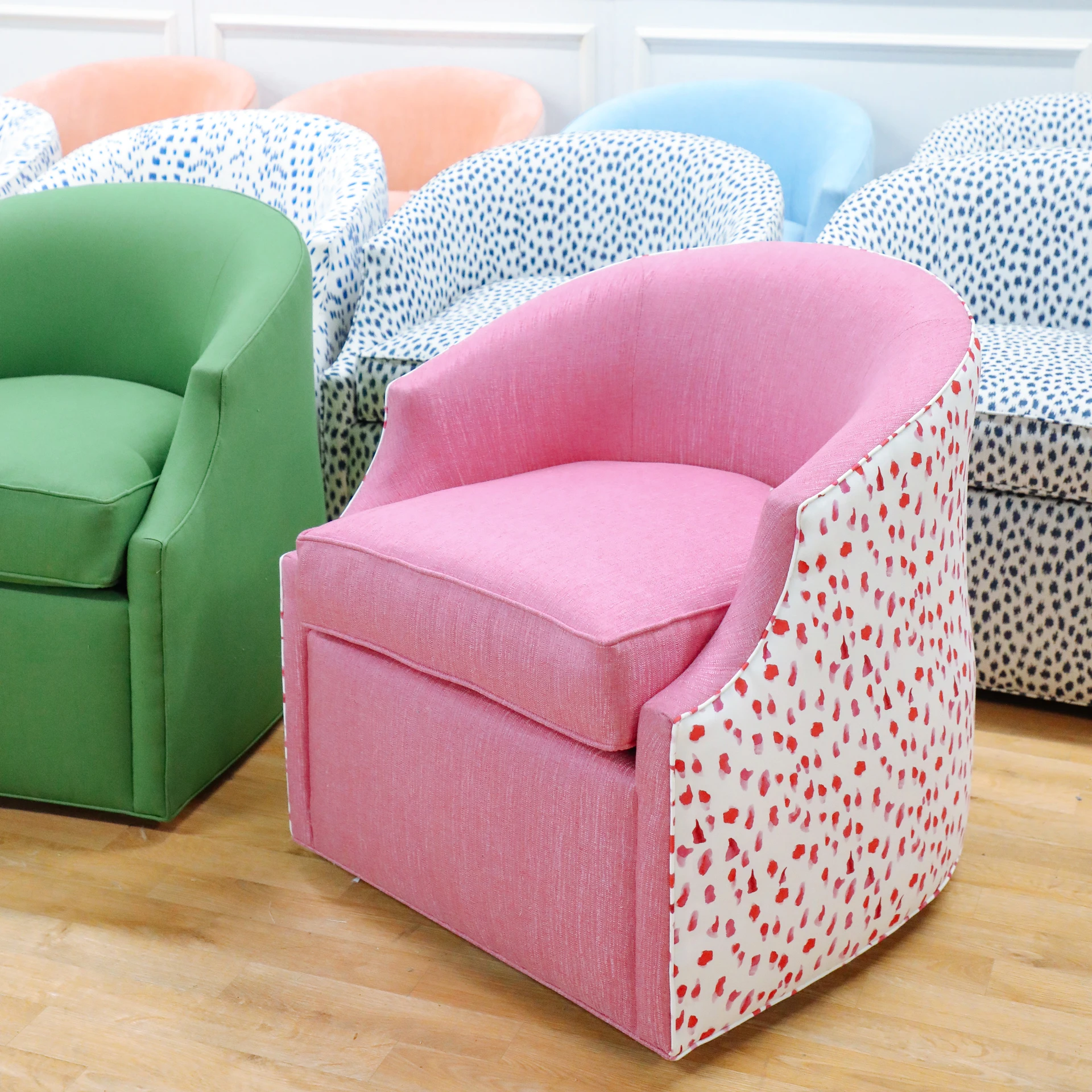
Since Owens still makes products out of her family’s factory, she can make items to order. Society Social is the right brand for someone who has largely classic taste, but wants an unexpected twist. Some of the brand’s most popular products are furniture with fringe. The brand’s tassel sofa is, on the surface, an old-fashioned look, but the brand makes it available in unusual pattern and colors, including fuchsia and blue polka dots.
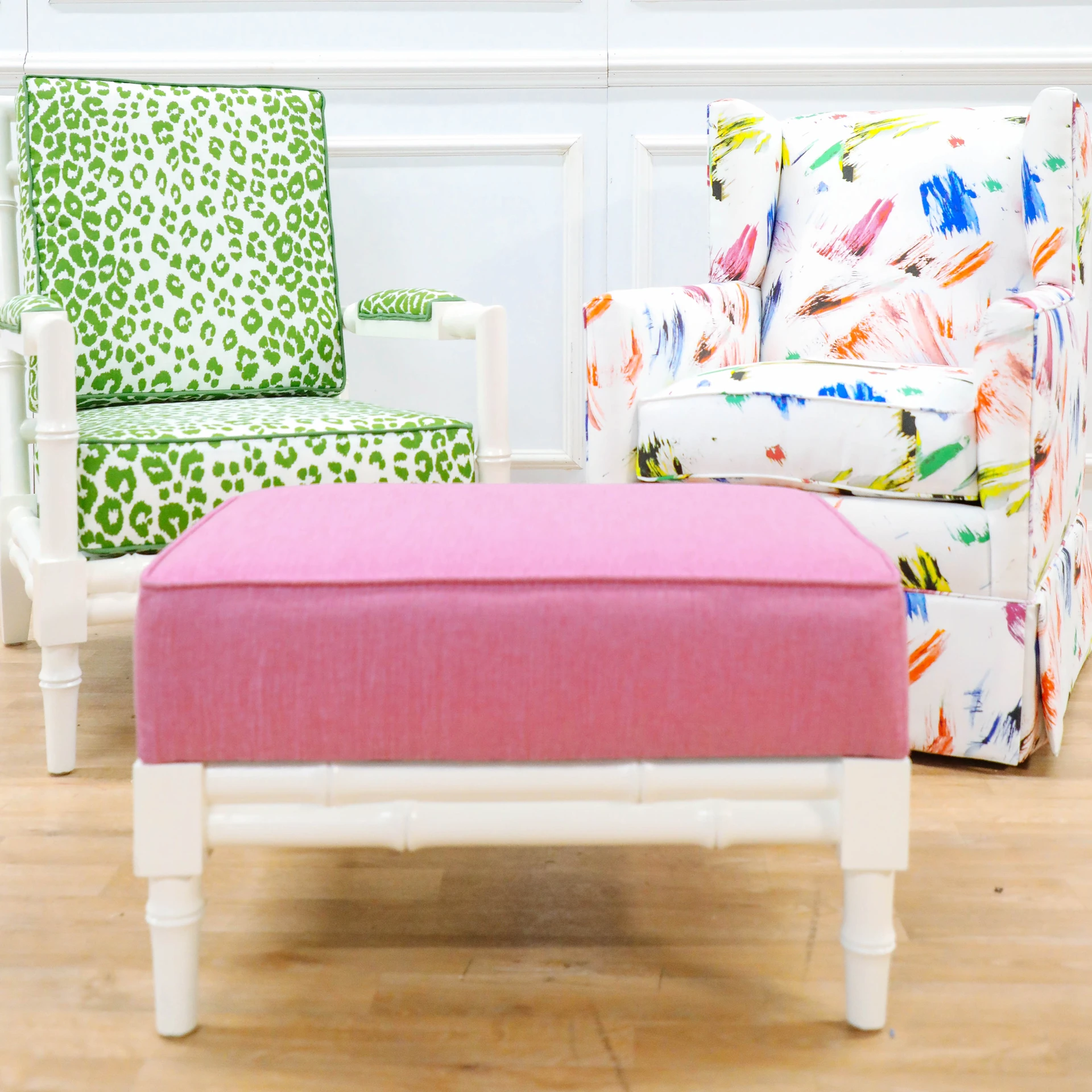
Society Social also allows customers to send in fabrics to be used on any one of their designs, or have non-upholstered furniture paired with any color in the Benjamin Moore or Sherwin Williams family. Until now, this kind of customization used to be available only to interior decorators, but now anyone can see a pattern they like, then turn it into a sofa.
Recognize your brand’s excellence by applying to this year’s Brands That Matter Awards before the early-rate deadline, May 3.
